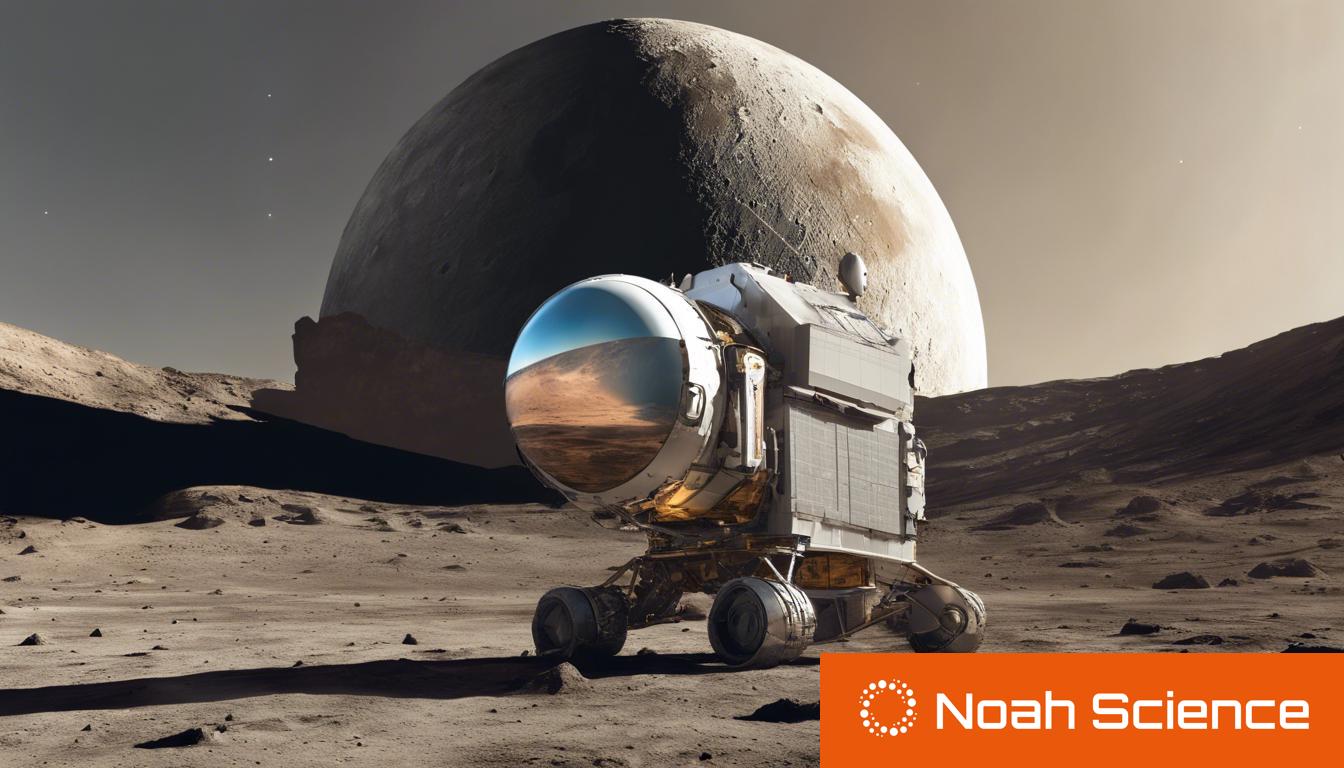Odysseus, the first U.S. spacecraft to land on the moon in over five decades, topples over during touchdown near the lunar south pole, marking a pivotal, yet early concluded mission by Texas-based Intuitive Machines.
A private lunar lander named Odysseus undertook a significant mission to the moon, marking the first U.S. spacecraft to land there in over five decades. Unfortunately, the mission experienced an early termination due to a sideways landing near the south pole of the moon, a region of interest due to its potential for harboring frozen water. The lander, deployed by the Texas-based company Intuitive Machines, encountered difficulties during its touchdown, tipping over after one of its legs caught on the lunar surface. Despite this setback, the lander reached close to its intended destination near the Malapert A crater, merely 185 miles from the moon’s south pole.
Intuitive Machines, awarded a substantial contract by NASA to convey six experiments to the lunar surface, achieved a milestone by becoming the first private company to accomplish a moon landing. However, the mission’s duration was shortened by two to three days than anticipated, with operations expected to cease as sunlight stops reaching the lander’s solar panels. NASA, committed to future lunar exploration, plans to continue dispatching missions to the moon with the help of commercial partners, aiming to land astronauts in the upcoming years.
In related developments, the Tech & Science Daily podcast discussed the ongoing mission, the challenges of lunar exploration, and other scientific advancements, including a new satellite capable of identifying faces and number plates from space, and discoveries in oceanic research and apple juice extraction methods. Additionally, innovations in humanoid robotics and privacy implications of advancing technology were highlighted, alongside news of Elon Musk’s email service venture and a commemorative coin for George Michael’s debut solo album by the Royal Mint.













